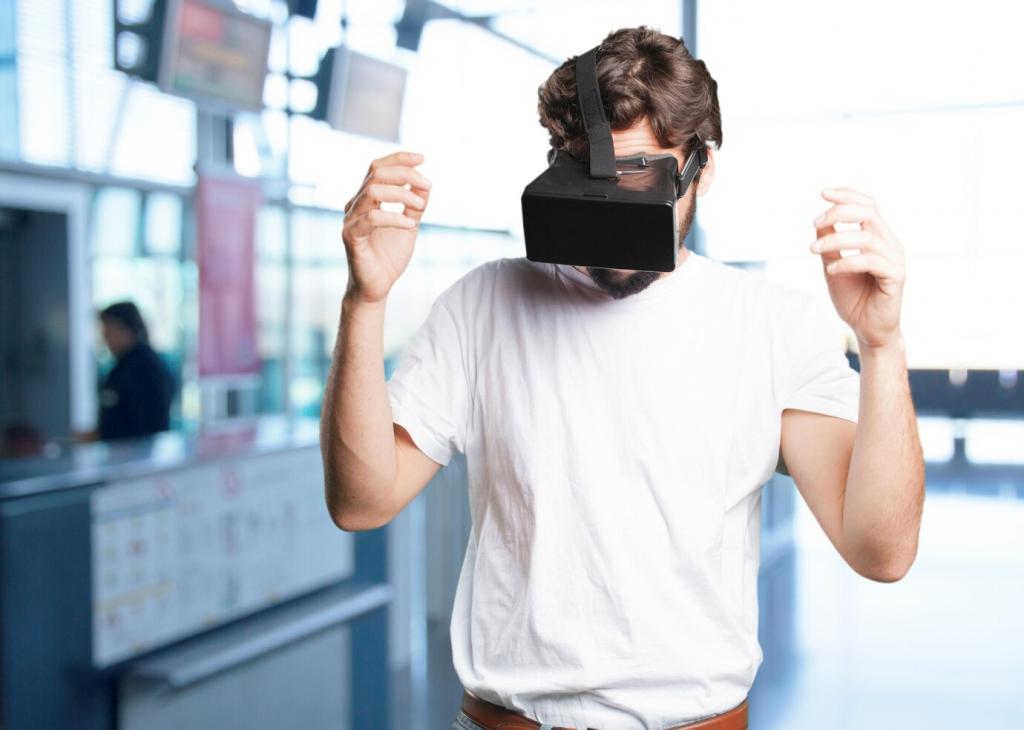
The Future of Augmented Reality in Educational Settings
Augmented Reality (AR) is rapidly transforming the landscape of education, promising to bridge the gap between theoretical concepts and practical understanding. As technology advances, AR is becoming more accessible and influential, offering students immersive and interactive learning experiences that were once unimaginable. Its potential to personalize learning, foster deeper engagement, and make abstract topics tangible positions AR at the forefront of educational innovation. In this article, we will explore the future role of AR in academic settings, the challenges and opportunities it presents, and how it can redefine the ways in which knowledge is conveyed and absorbed across all levels of education.
Expanding Immersive Learning Experiences
AR has the unique ability to bring lessons to life by embedding interactive 3D models, visualizations, and simulations directly into the learning environment. For example, rather than merely reading about the structure of the human heart, students can walk around a life-sized virtual heart, observing and interacting with its chambers and valves. This immersive visualization not only captures students’ attention but also allows them to explore at their own pace, catering to individual learning styles and making retention more effective. Over time, as AR content expands to cover a wider range of subjects, students in diverse disciplines will benefit from practical, hands-on experiences that deepen conceptual understanding.
Personalizing Education for Diverse Learners
Adaptive Content Delivery
AR platforms of the future will leverage data and intelligence to deliver content that adapts to each learner’s unique needs. By assessing students’ strengths, gaps in understanding, and preferred learning modalities, AR can adjust lesson difficulty, provide guided hints, or offer supplementary resources in real time. This adaptive approach empowers both struggling learners and advanced students to progress at an optimal pace, maximizing individual growth and motivation. Teachers will be equipped with insightful analytics, enabling more targeted interventions and support where needed.
Inclusive Education Solutions
Augmented Reality holds the potential to make education far more inclusive for learners with disabilities or other barriers. For example, AR can transform auditory lessons into visual 3D experiences for the hearing impaired, or offer haptic feedback for those with visual impairments. Features such as gesture-based controls, real-time translation, and voice commands can further reduce barriers to participation. As AR developers place greater emphasis on accessibility, classrooms will become spaces where all students can fully engage with content, participate actively, and express their understanding in ways that suit their abilities.
Catering to Varied Learning Styles
Traditional education often fails to address the wide spectrum of learning styles among students, such as visual, auditory, or kinesthetic preferences. AR transforms this dynamic by offering customizable interactions with educational content. Learners can manipulate virtual objects, listen to accompanying explanations, or view intricate animations, ensuring that each student can approach material in the way that resonates most with them. As more resources are designed with diverse learning preferences in mind, AR will help educators foster a more engaging and effective educational environment.
Empowering Teachers with Innovative Tools
The future sees educators harnessing AR as a powerful tool to enhance lesson delivery and assessment. Teachers will be able to create custom AR experiences—such as virtual field trips, interactive quizzes, or simulations—tailored to their specific curriculum objectives. These tools will help educators differentiate their instruction and respond more dynamically to student engagement. As teacher training increasingly incorporates AR competencies, educators will become adept at integrating emerging technologies into their practice, boosting both confidence and creativity in the classroom.
Cultivating Student Agency
AR platforms promote student agency by allowing learners to participate in the construction and exploration of knowledge rather than passively consuming it. Students can undertake self-directed research projects, create their own AR artifacts, or customize their learning environments to reflect personal interests and questions. This sense of ownership fosters critical thinking, initiative, and motivation, qualities essential for lifelong learning. As AR becomes more prevalent, students will be encouraged to take charge of their educational experiences, developing skills that extend far beyond the classroom.
